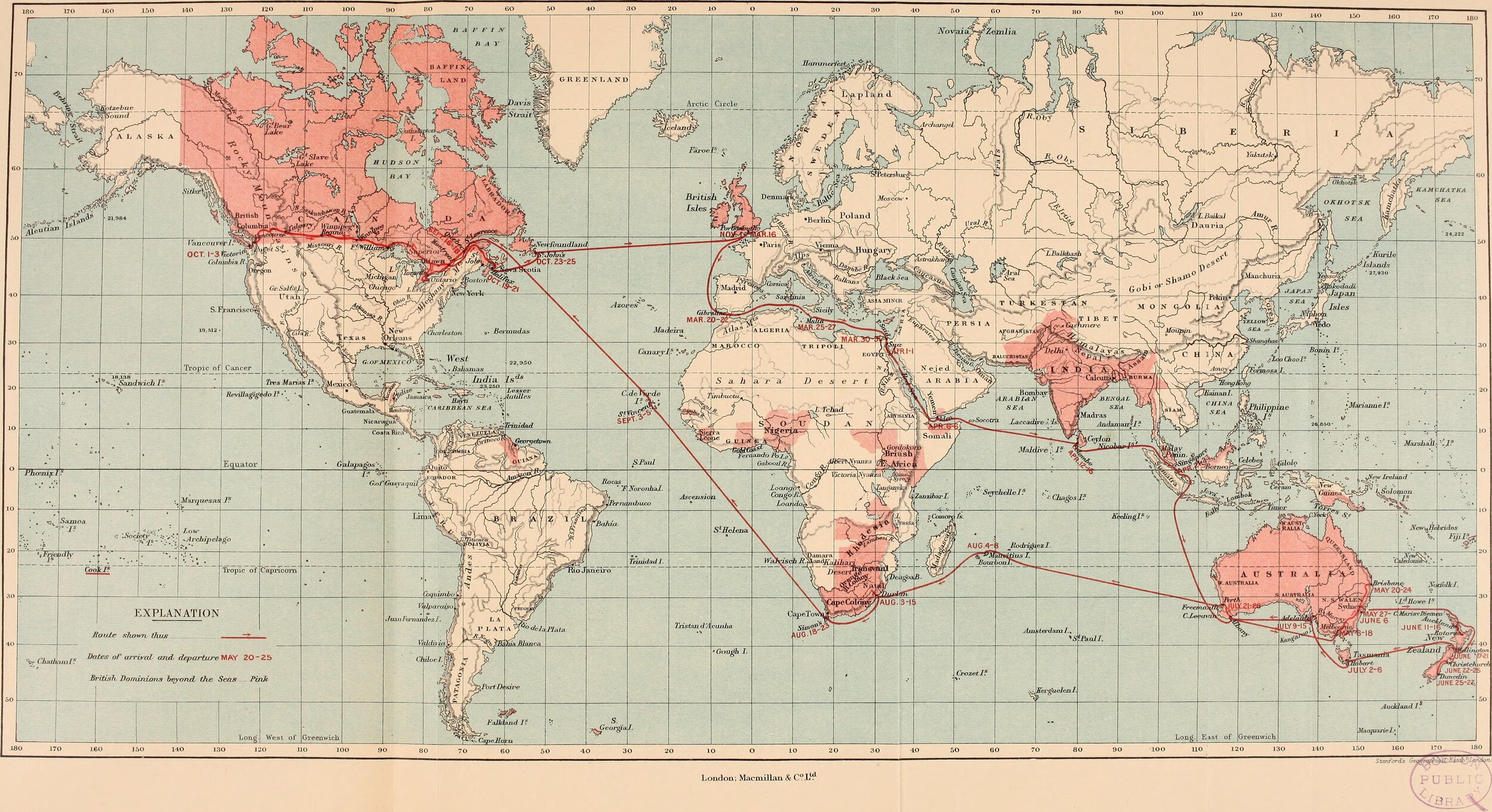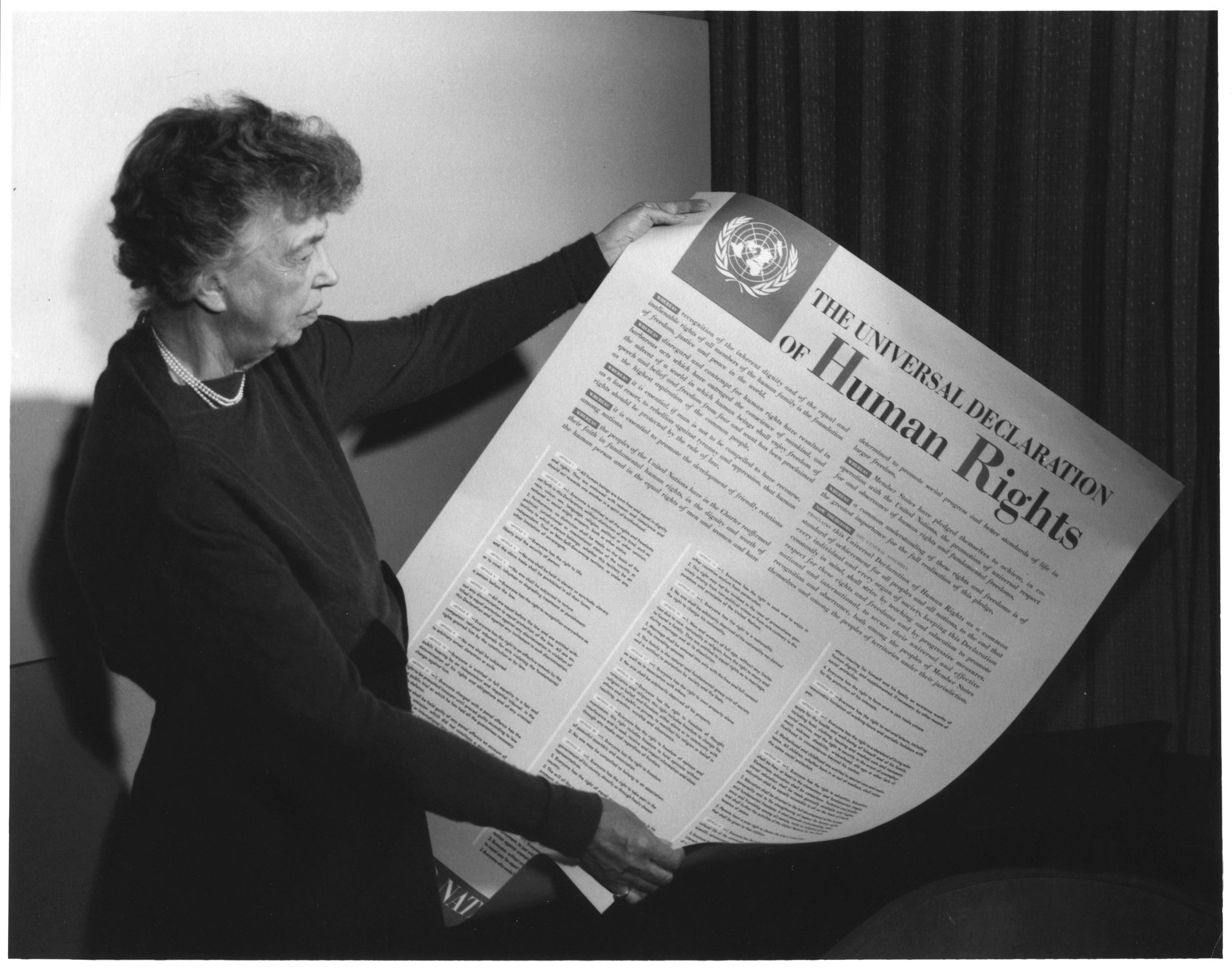
Part 5:
1945 to 2020: The Big Picture
#72 Economic Recovery in Europe 1945-1971: The European Union and the Welfare States
In the stable wealthy parts of Europe & North America, a small portion of the increase in wealth created after 1945 has moved and spread itself further down the line to the new middle classes. The issue I was concerned to express was the overall direction of wealth distribution across the world after 1945; powerful literature has grown up to challenge the status quo.
#71 Racism, Hitler and the Contemporary World
It is so much around us in our everyday lives that we all assume that nationalism has been with us for eternity. This is not the case. Nationalism has arisen alongside the creation of the modern nation-state. Go back 300 or 400 years and there were no nation-states with recognised boundaries. There were Empires of varying kinds, kingdoms of varying size, sometimes the Kingdoms were part of an Empire and sometimes not.
#70 The ‘Third World’ & Development
Senator Joseph McCarthy led a government-supported campaign from the late 1940s to the late 1950s, to rid the USA of anyone with left-leaning tendencies. It was argued at the time, with justification, that he set up a witch hunt to track down subversives: people antagonistic to the high ideals which USA ideology had persuaded themselves was their own God-given destiny. McCarthy and his allies were consumed by fear and paranoia as if American civilisation was about to be taken over. The campaign was focused on people in academia, the arts and entertainment, labour union activists, and those in public service. These were accusations of subversion or treason, often without proper evidence.
#69 Development Aid: The Master Stroke
The mechanics of the West German recovery is a tale rarely told. The Marshall Plan was the means through which the Americans channelled money for the recovery of all states in Europe in the Western sector and Japan. The USA had 80% of the world’s gold supply, so could well afford the largesse needed by all the collapsed economies. Over the four years, $13 billion (equivalent to well over $100 billion today) or 0.5% of the USA Gross Domestic Product (GDP) was channelled into dollar-starved Europe
#68 The Marshall Plan: Protecting Europe from Communism
The Marshall Plan had several purposes. First, the American economy needed outlets for export, and second, the entire European and Japanese economies were in ruins and debt from the war. The Marshall Plan provided much-needed trading dollars. The plan was also intended to counter the attractions of Soviet Communism and probably saved western Europe from following a socialist path. The infrastructure of Europe, including a large number of homes and factories, had been destroyed by the war.
#67 The Creation of New Global Infrastructure to Rule the World
Well before the Japanese attacked Pearl Harbour, US war planners were envisaging the defeat of Germany and Japan and the break-up of Europe's various Empires. They imagined the creation of small independent nations, umbilically tied into the US dollar and planners drafted blueprints for the United Nations. The ideologies of Pax Americana, Providential Exceptionalism and Universalism led a large group. The move of America to rule the world was rampant ambition over any specific political or economic need. This blog outlines the new global infrastructure the US set up post-1945 to rule the world.
#66 Controlling the Peace: the Soviets and the USA’s Wish for a Cooperative Peace
The economies and politics of all nations at war were shattered; the only exceptions were the USA, the USSR, and the UK who all had maintained their political systems. The economies of the UK and USSR were in pieces. The USA had not only not been invaded, but she had also lost the least number of men. Throughout all of this, her economy had been strengthened. When we compare this with the loss suffered elsewhere: the Russians had lost 20 million-plus, men women and children; the British had lost 375,000 men; the Japanese lost between 2 and 3 million people; the USA had lost 405,000 men or 2.0% of the Soviet losses.
#65 Controlling the Peace: Loss, Re-establishment, Chaos and Hunger
It is worth pausing in this narrative to consider the loss of world power. Britain had not been militarily defeated in 1945. Her ruling elites have never admitted publicly that they had lost the most important item that they had fought for: the opportunity to extend their global colonial power alongside the USA. That statement alone is of course contentious. It was easier to glorify in being on the winning side and to argue in public that they had fought for high principled reasons to maintain the islands freedoms.
Both Britain and France had fought for 400 years to obtain 'global world power'. French and British ruling cadres were immensely proud of this history. The French fought the Vietnam and the Algerian wars in the 1940s to retain their self-image as a great nation. The British had attempted to retake the Suez Canal after it was nationalised by Nasser in 1956. This all ultimately failed and ended in humiliation.
#64 Controlling the Peace: The Re-establishment of World Power
Readers of these blogs will know that establishing world power has always required sophisticated ideology to justify action across the world. The centre of ideology in the hundreds of years after 1492, up to 1945 centred on race and racism; that European and then American invasions were by ‘superior’ peoples. Race was always a flexible tool and the exact variant varied over time determined by who were the perpetrators of the invasions and the moment in history.
The ideological story that followed 1945 would be determined by the USA. This blog discusses the new ideological tale told by the Americans and the old European colonial powers who had lost all their colonies as a consequence of the wars that ended in 1945.
#63 American Imperial Rule: American Intervention, Colonialism and Foreign Policy
‘The American century’ is considered the 20th century after 1945. From this time onwards, until the 21st century when China came again on to the world stage, America reigned supreme. This and the next several blogs will outline the framework and the choices she made to achieve global supremacy.
Unlike the earlier global powers, the US government and their think tanks carefully considered their options and structures. The earlier imperial powers had been led in the main by adventurers and privately financed enterprises. After 1945, American imperial expansion was led by her Government. And she knew the institutions which she wished to create to achieve world dominance.
#62 Independence, Democracy Freedom from Colonial Rule
All the old colonialist powers in Europe lost global power. After 1945, the USA consciously decided that it had a ‘competitive advantage’ over all other states. She was sufficiently strong economically that she did not need colonies to take a globally dominant position. During her discussions with Britain in 1943, she laid down that one of her prime conditions for the peace was that all colonised countries were to be open to USA trade. By 1945, the USA was sufficiently powerful to enforce this decision against the wishes of the older colonising powers in Europe and Japan.
#61 Global Structural Change 1945 -2020
Here I illustrate the broad outlines of the political framework determined by US policy, followed by the economic framework determined by global events. Some of these events were somewhat outside of the US control. Events like the attack on the Twin Towers in New York, or the collapse of the USSR, were of course outside direct US control. But once they happened, the US policy that followed had global consequences. Over these 70 plus years, the USA has been by far the most dominant power on the planet, hence global structural change has been directed by Washington.
Please don’t gasp with fury at what might at first appear to be a gross overstatement. As time elapsed after 1945, other powers, like China began to play an ever-greater role in world affairs. My job here is to illustrate the big picture on a global scale and you will see how powerful the USA was in 1945, slowly declining as time moved on.
#60 World Power: the Birds-eye View of Major Change
Perhaps the most important historical global change after the defeat of Germany and Japan in 1945 was the USA taking over world power.












